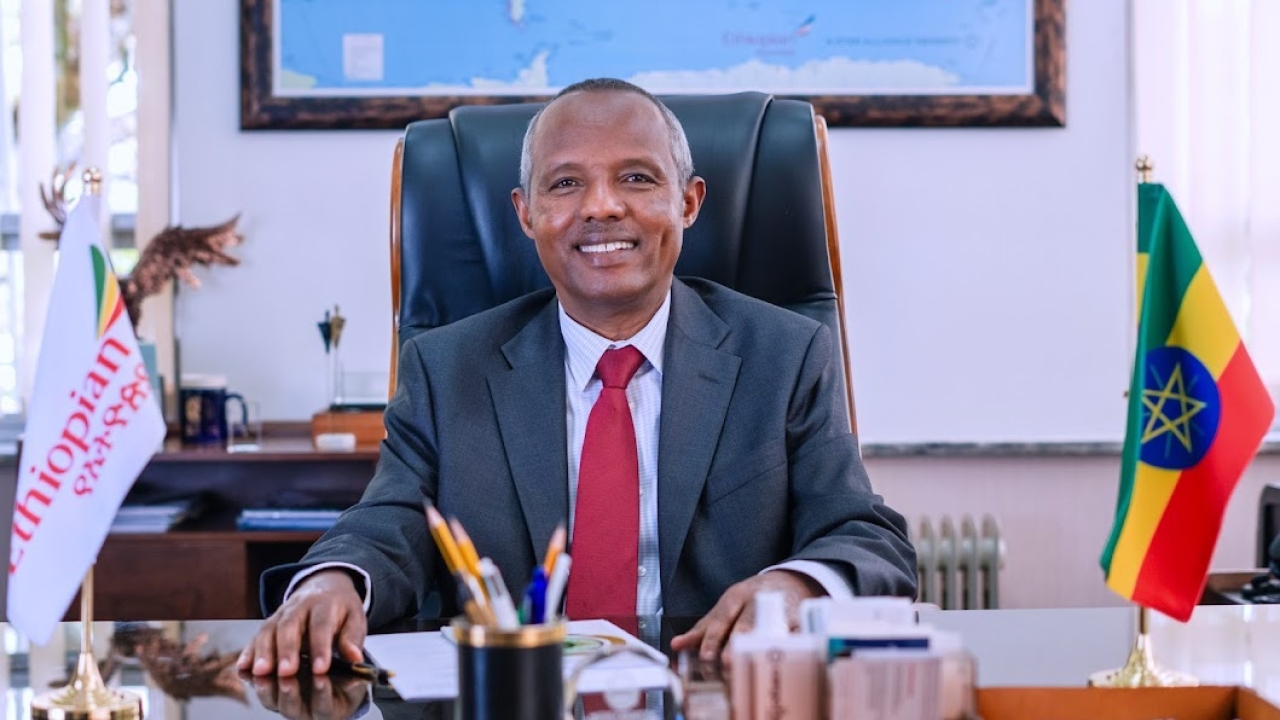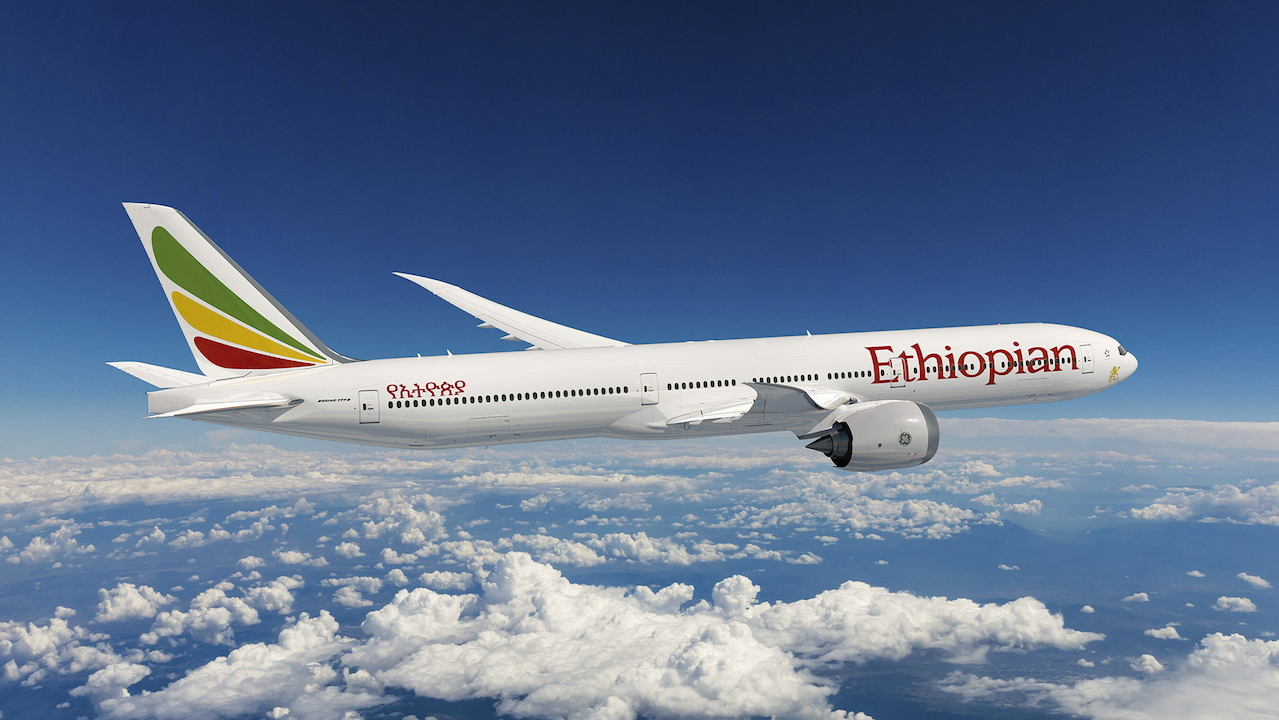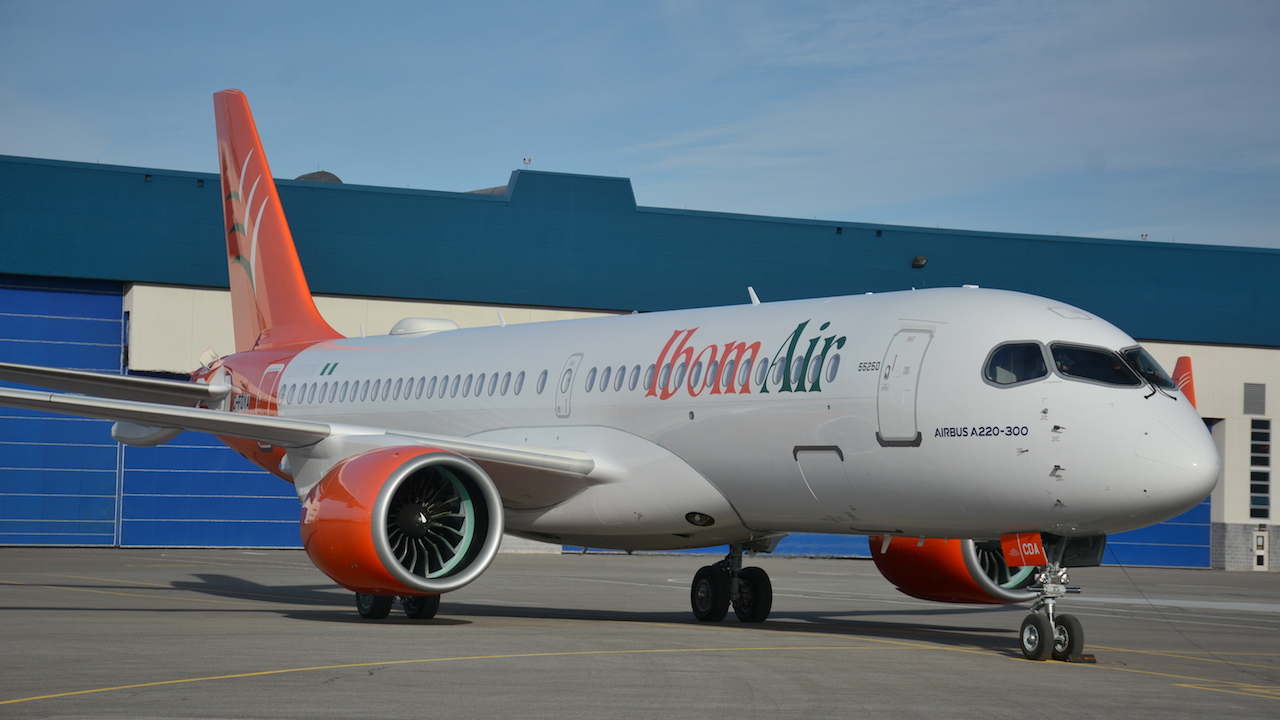Pillar talk
Mesfin Tasew celebrated his second anniversary as CEO of Africa’s largest airline – Ethiopian Airlines – earlier this year. Yonathan Menkir Kassa asks him about the group’s latest development and strategic goals.

Mesfin Tasew: “Air transport must be considered as a catalyst for socio-economic development.” Image: Ethiopian Airlines
Ethiopian’s CEO has been busy. Two years into the role Mesfin Tesew has a clear direction in sight.
“We aim to be among the top 20 global airlines by 2035, with strategies built on five pillars,” Tasew said.
“The first is fleet expansion; we plan to double our current size by 2035. Infrastructure is our second pillar, involving major expansions and construction. We're expanding the airport terminal to add seven aircraft parking spaces and increase capacity to handle more passengers and aircraft.
“Additionally, we're building two hangars to boost maintenance capacity for our growing fleet and a component maintenance shop for in-house repair capabilities of aircraft spare parts.
“A modern warehouse for aircraft spare parts is also under way, enhancing maintenance as our fleet expands. Alongside, we're constructing a new headquarters due to our old one being too small for our operations.
“We've recently launched a new facility for e-commerce as part of our cargo expansion, and are developing five new airports in Ethiopia, improving airport terminals to support our broad plans.”
The latest orders have seen 21 777x-9 added to Boeing’s backlog as part of a dramatic expansion, but Tasew is unfazed by the challenge of infrastructre and human capital needed to make the goal a reality.
“Ethiopian has been operating for the last 78 years and until 2005 its growth was incremental, very slow. That's why it took us longer, but in 2005 we recognised that unless Ethiopian Airlines grew, it would be like another African airline; it will become dwarfed, swallowed by major non-African carriers, and its future will be dim,” Tasew said.
“We saw the opportunity and market potential and had a five-year strategy to double our revenue in five years, and by 2010, we had achieved it.
“Many were skeptical, but we did it. Then we developed a 15-year strategy, called Vision 2025, aimed to increase Ethiopian revenue four times, even more, by 2025. But you know, by 2010, our revenue was $1 billion, which we achieved. By 2023, we reached $6 billion revenue, six times in 13 years, and by 2025, we will exceed those targets. So now, in 11 or 12 years, between now and 2035, we are saying we will double the number of aircraft twice, nearly twice, and would carry more than three times the passengers compared to what we had in 2020.
“Many people still believe that it is too ambitious. It is a stretched strategy, but it is not unachievable. It is practically possible. That means to reach there, we must invest. We must continue investing in our pillars, the five pillars, he said.
Ethiopian currently operates more than 140 aircraft, and has 64 firm orders placed. Once you add options the carrier totals 120 on order.
“Most of the new deliveries will increase the fleet, but some will be used to replace older generation aircraft that we are operating today. In a few years we will have to make additional orders for deliveries during the period 2031 to 2035. So, I have no doubt that we will achieve our goals stipulated in our Vision 2035 - it is doable,” he said.
Ethiopian faced the tragedy of the Boeing 737 Max crash in March 2019, and the loss of a Boeing 787 Dreamliner to fire at London’s Heathrow six years earlier. Both were new design, new technology aircraft. But Tasew said the carrier maintained confidence in the manufacturer.
“We've had a long-standing partnership. Boeing aircraft have been a staple since our early days, known for their reliability and robust design. “Historically, Boeing has exemplified high quality. The 787's challenges, in our view, were partly due to the incorporation of new technologies, which brings inherent risks, not only in the airframe, but also in engines and components.
“The accidents associated with the Max were linked to design issues, which Boeing has since acknowledged and corrected, restoring global confidence in the model.
“Despite these challenges, we believe Boeing, with its vast resources and talented engineers, can resolve these issues, which is why we continue to invest in Boeing aircraft.”
With regard to the human capital issue, Tasew believes Ethiopia’s growing young population is the key.
“We have a population of more than 120 million, mostly young. There's ample opportunity to train, hire and turn these individuals into aviation professionals. Our strategy involves expanding our aviation academy. Currently, the main academy is in Addis, with another campus in Awassa, and a capacity to train 4,000 individuals across various professions – pilots, cabin crew, technicians, sales, and service people – at any one time.
“We plan to open additional campuses outside Addis Ababa to further increase our training capacity. Currently, we can train 200 pilots annually, which is unprecedented.
“This year, we will graduate around 200 pilots and believe we can train enough, even excess, people not just to meet our operational needs but also to anticipate and replace any potential turnover.”
The growth of regional carriers could lead to a threat of poaching, but Ethiopian sees this as an opportunity.
“Our strategy is to train more professionals than we need, creating global opportunities for Ethiopians in aviation, even with other airlines. We're discussing with regional airlines to understand their human capital needs, proposing to train Ethiopians for them.”
The airline has invested in other regional carriers with mixed success, but Tasew argued that Ethiopian’s experience and involvement has contributed to the growth of aviation in Ethiopia.

“We wanted to expand our footprint across Africa,” Tasew said. “We wanted to help African airlines get stronger and build a dynamic air transport sector in Africa. That's why we've been teaming up with different African governments, especially when they ask us to help set up airlines in their countries. If it looks doable, we're all in. But if it's not looking good, we step back.
“The strategic partnerships across Africa, such as in Togo, Malawi, and the talks we are in with Nigeria, all ties back to our big picture plan – to really push our market presence by setting up hubs in key spots across the continent because just operating out of Addis Ababa won't cut it for reaching every city in Africa.
“With ASKY Airlines in Togo, we dove into an equity partnership and even took on managing the airline. ASKY has turned out great, becoming a powerhouse in Africa, which we're incredibly proud of. Malawi Airlines had a rocky start, but has found its footing and is now profitable. Then there's Zambia Airways, still early days there and not yet turning a profit.
“Our efforts to set up national carriers in Nigeria and the Democratic Republic of Congo have hit some snags, like changes in government interest, but it's all part of the process. Our focus remains on boosting air service across Africa, enhancing connections, and supporting the continent's economic growth. We see this as more than just expanding our business – it's about making a real difference, helping to understand the full potential of air transport in Africa and pushing for its development. That's the journey we're on.”
Tasew remains concerned that changes in attitude by some governments is critical to the Africa Agenda 2063 for greater integration. Currently with less than three per cent of Africa’s market share the continent’s industry needs this change.
“We believe that air transport must be considered as an engine or a catalyst for the socio-economic development of a country, a region, or a continent. If you see it from this perspective, it will be much easier to address the challenges entangling the development of air transport in Africa.
“The airline business in Africa is considered not as an important tool for socio-economic development, but as a luxury, a service which can be used only by the high-income groups – because of this, they impose a lot of taxes on industry.
“For example, if you take a taxi between Lome in Togo and Accra in Ghana, it will cost you around $15. If you take air service, it will take you 25 minutes to fly between these two cities, but you must pay a minimum of $200. Out of this $200, $100 is tax.
“Secondly, because African countries are still developing, they don't invest enough in infrastructure; the airports are very limited, airport terminals are very limited, ground service providers are monopolies.
“In most cities, there is one ground service provider, so if you fly there, you must pay whatever amount they ask, which makes the cost of running an airline very expensive in Africa.
“The third issue is traffic rights. They focus more on protecting their national airline, however small it may be, they want to protect it. So, they don't give you traffic rights, or if they give you them, it will be very limited. There is protectionism in Africa. I can tell you one country doesn't want to see Ethiopian Airlines flying to their country. I talked to the head of the government during the African Union meeting, and he told me: ‘If you come here, you will kill my national carrier.’
“The paradox is that several European and Middle East airlines are flying, some even daily with big aircraft. They are allowed, but the fear is about their national airline.
“So, African governments would like to protect their market access under the pretext of protecting their national carrier. That’s why the market is very weak. It is fragmented. In one country, you may see three airlines, one having two aircraft, another having one aircraft. Air transport needs economies of scale. You have huge, fixed costs. If you have an aircraft, you must pay for the loan, whether it flies or not. You have to maximise the utilisation of the aircraft, but many of these smaller airlines fly their aircraft half or less than half of what they are supposed to fly.
“So, their operations couldn't grow. They cannot be profitable because of the lack of economies of scale, lack of traffic rights, high operating cost, and absence of a conducive business environment.
“That is why Africa is still in this state. The African Union has initiated or has rolled out very important initiatives like Single African Air Transport Market (SAATM), the African Continental Free Trade Area (AfCFTA), and others that are very useful to promote air transport in the continent.
“If you take the SAATM initiative, it allows African airlines to fly freely within Africa, no traffic right restriction. Several countries have signed into it, but when it comes to practical implementation, it is extremely slow. Recently, we have seen some improvement, like Nigeria, for example, have declared that they accept the Yamoussoukro Declaration (YD) and have signed an MOU under that principle. We have requested additional frequencies, not yet allowed, but should be allowed if they agree with the YD or the SAATM principle. So, this has to be expedited.
“The national regulations on ownership of airlines or investment have also to be more liberal to enable several airlines to join their resources together and become stronger.
“Government interference is a problem. Most African airlines that you can consider major players are fully owned by the government, starting with Egypt Air, Ethiopian Airlines, Kenya Airways, and others. It is possible that an airline still owned by the government can be efficient, but often, they hire people they don't need, they fly to destinations which are not profitable, and they buy aircaft based on government instructions.
“Governments must remove their hands from the airlines if they want to see their airlines become successful, independent from the government, self-sufficient in financing, and the like. So, government interference should be eliminated in African airlines.”
Tasew says the Ethiopian’s model works. “We operate as an independent commercial business entity,” he said. “When we order aircraft, the decision is largely a management one. We fly where we see business opportunities, not where the government tells us to.
“We hire people based on our own criteria, which allows us to select individuals based on their competencies and talent. Thus, it's crucial for the government to establish conducive regulations and business policies. Fuel costs, ground service costs, and taxes are additional challenges for African airlines, all of which are increasing or worsening the financial challenges of the industry.”
Africa’s geopolitical issues including the instability in countries like Sudan and Somalia affecting air traffic control and airspace access have also had an impact.
“Air transport development needs peace and stability. Demand declines, operating costs increase, and we may have to reduce or stop flights. We were forced us to cancel our flights to Khartoum and use longer routes, increasing operational costs,” he said.
“Similarly, the airspace closures in South Sudan, controlled by North Sudan, affected our routes to Nairobi, Entebbe, and Lagos. The situation in Tel Aviv and issues with Somalia's airspace over Somaliland have also posed challenges, leading to conflicting instructions and safety concerns.
“These conflicts disrupt operations, impacting safety, and revenue. We hope for peace in Sudan and Somalia, so air transport is not affected. Despite these challenges, we're adapting and continuing our operations as best we can.”
Stay up to date
Subscribe to the free Times Aerospace newsletter and receive the latest content every week. We'll never share your email address.

